MateBook X Pro features HarmonyOS and Pangu LLM, both developed in-house.
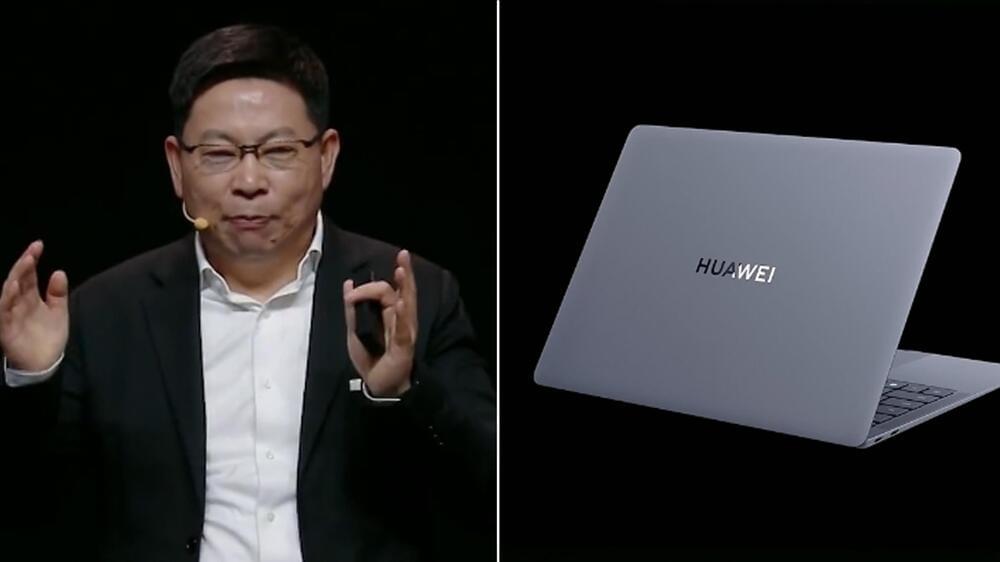

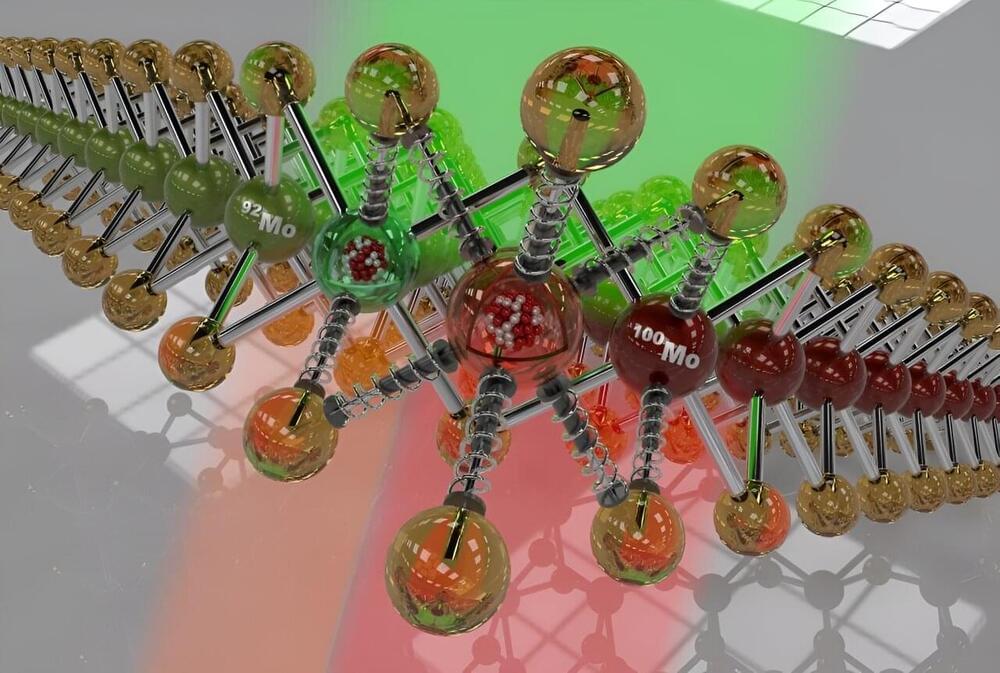
Partly because of semiconductors, electronic devices and systems become more advanced and sophisticated every day. That’s why for decades researchers have studied ways to improve semiconductor compounds to influence how they carry electrical current. One approach is to use isotopes to change the physical, chemical and technological properties of materials.
Isotopes are members of a family of an element that all have the same number of protons but different numbers of neutrons and thus different masses. Isotope engineering has traditionally focused on enhancing so-called bulk materials that have uniform properties in three dimensions, or 3D.
But new research led by ORNL has advanced the frontier of isotope engineering where current is confined in two dimensions, or 2D, inside flat crystals and where a layer is only a few atoms thick. The 2D materials are promising because their ultrathin nature could allow for precise control over their electronic properties.
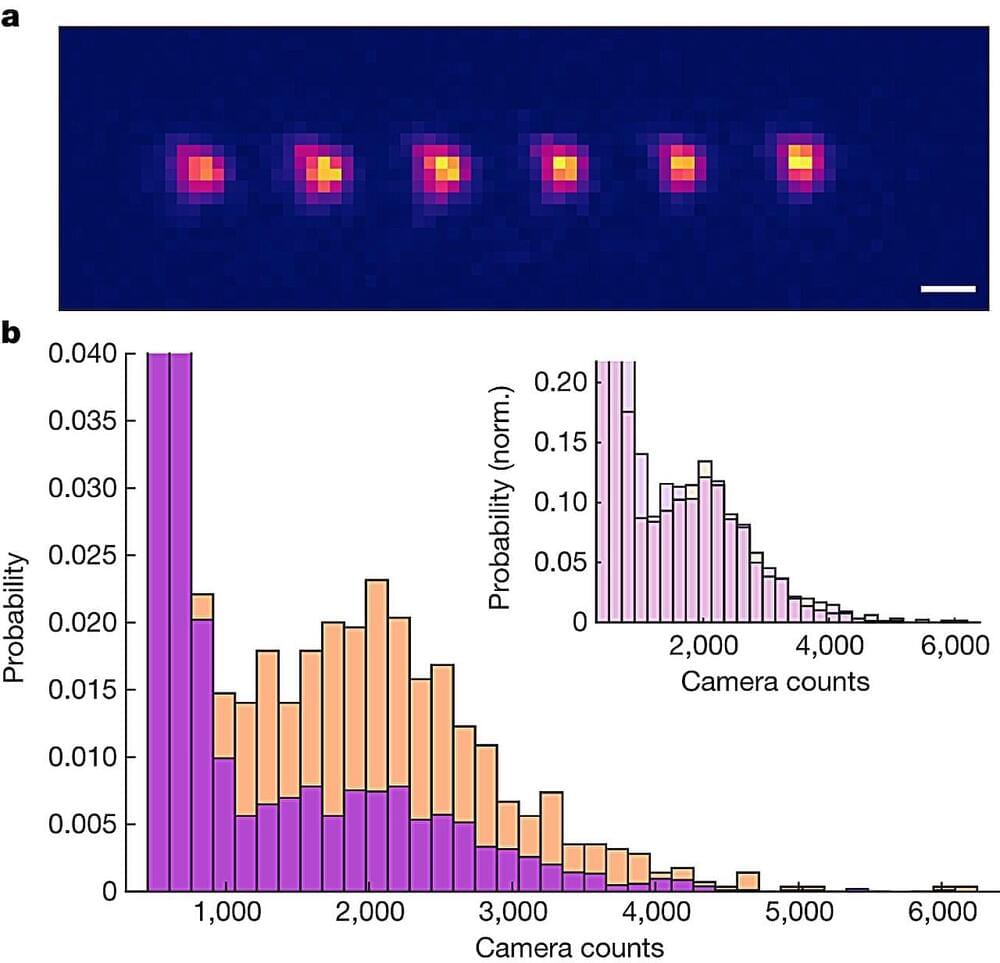
A team of physicists at Harvard University has succeeded in trapping individual polyatomic molecules in optical tweezer arrays for the first time. In their paper published in the journal Nature, the group describes how they achieved their feat and the possible uses for it. A Research Briefing also describes their work in the same journal issue.
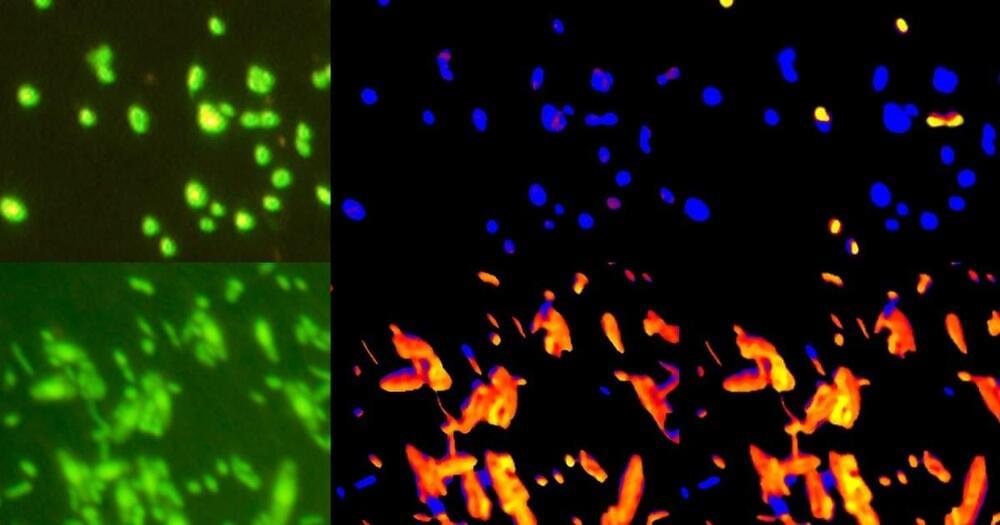
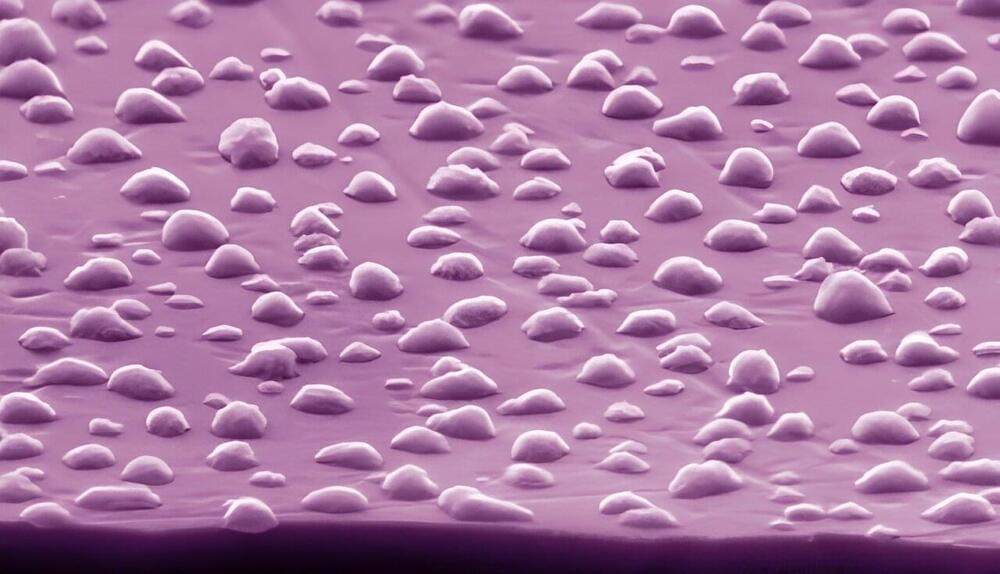
The interest in antimicrobial solutions for personal and multi-user touch screens, such as tablets and mobile devices, has grown in recent years. Traditional methods like sprayable alcohols or wipes are not ideal for these delicate displays. Antimicrobial coatings applied directly to the glass are a promising alternative, but only if they are transparent and long-lasting.

Trillo directed the Sora-powered video for the new single “The Hardest Part” by indie chillwave artist Washed Out (Ernest Weatherly Greene Jr.).
The video is 4 minutes long and has been created in a unique way. It is a long series of fast zooms through different scenes that are connected to feel like one continuous zoom.
While giving details about the video, Trillo posted on X that he had the idea for this video for a long time but couldn’t make it happen until now.
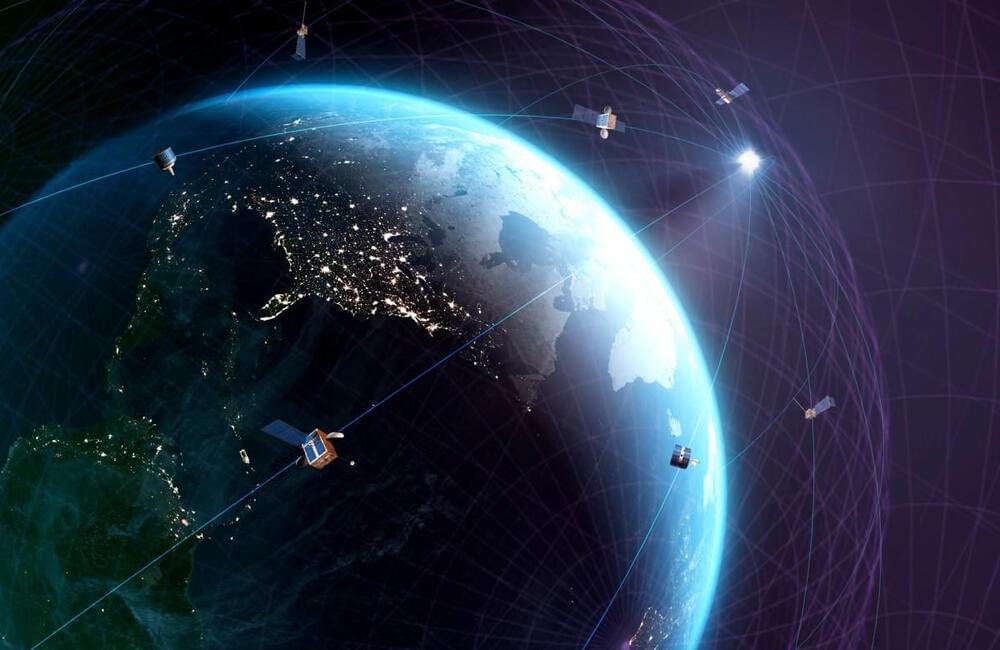
Hubble Network has become the first company in history to establish a Bluetooth connection directly to a satellite — a critical technology validation for the company, potentially opening the door to connecting millions more devices anywhere in the world.
The Seattle-based startup launched its first two satellites to orbit on SpaceX’s Transporter-10 rideshare mission in March; since that time, the company confirmed that it has received signals from the onboard 3.5mm Bluetooth chips from over 600 kilometers away.
The sky is truly the limit for space-enabled Bluetooth devices: The startup says its technology can be used in markets including logistics, cattle tracking, smart collars for pets, GPS watches for kids, car inventory, construction sites and soil temperature monitoring. Haro said the low-hanging fruit is those industries that are desperate for network coverage even once per day, like remote asset monitoring for the oil and gas industry. As the constellation scales, Hubble will turn its attention to sectors that may need more frequent updates, like soil monitoring, to continuous coverage use cases like fall monitoring for the elderly.

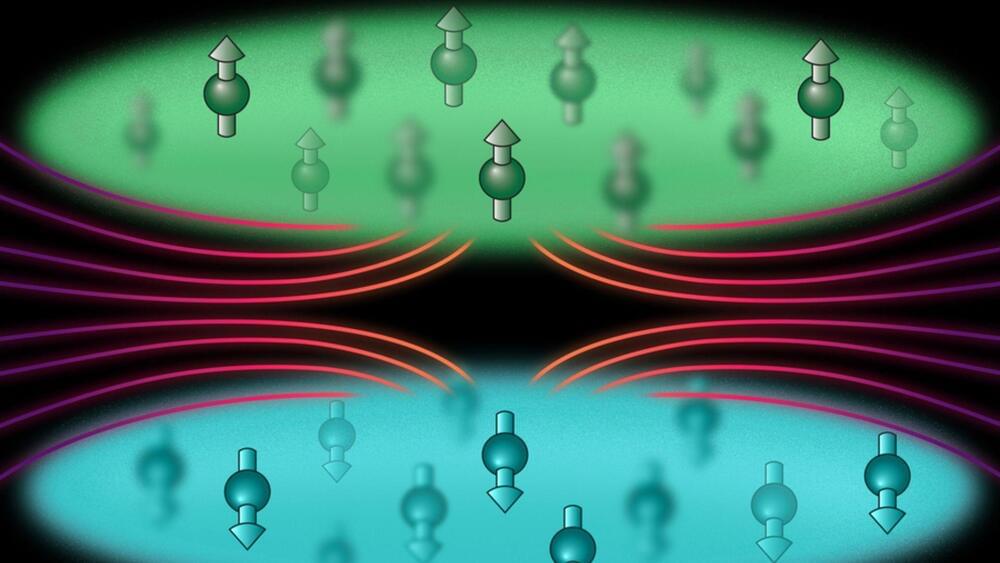
The experiment confirmed their suspicions. By supercooling the dysprosium atoms, splitting them into spin-based layers with the lasers, and stabilizing the lasers with the optical fiber, they successfully achieved a 50-nanometer separation – the closest arrangement ever achieved in ultracold atom experiments.
This dramatic proximity significantly amplified the natural magnetic interactions between the atoms, making them a thousand times stronger than at 500 nanometers. The team observed two fascinating quantum phenomena: collective oscillation, where vibrations in one layer triggered synchronized vibrations in the other, and thermalization, where heat transfer occurred between the layers solely through fluctuating magnetic fields within the atoms.
